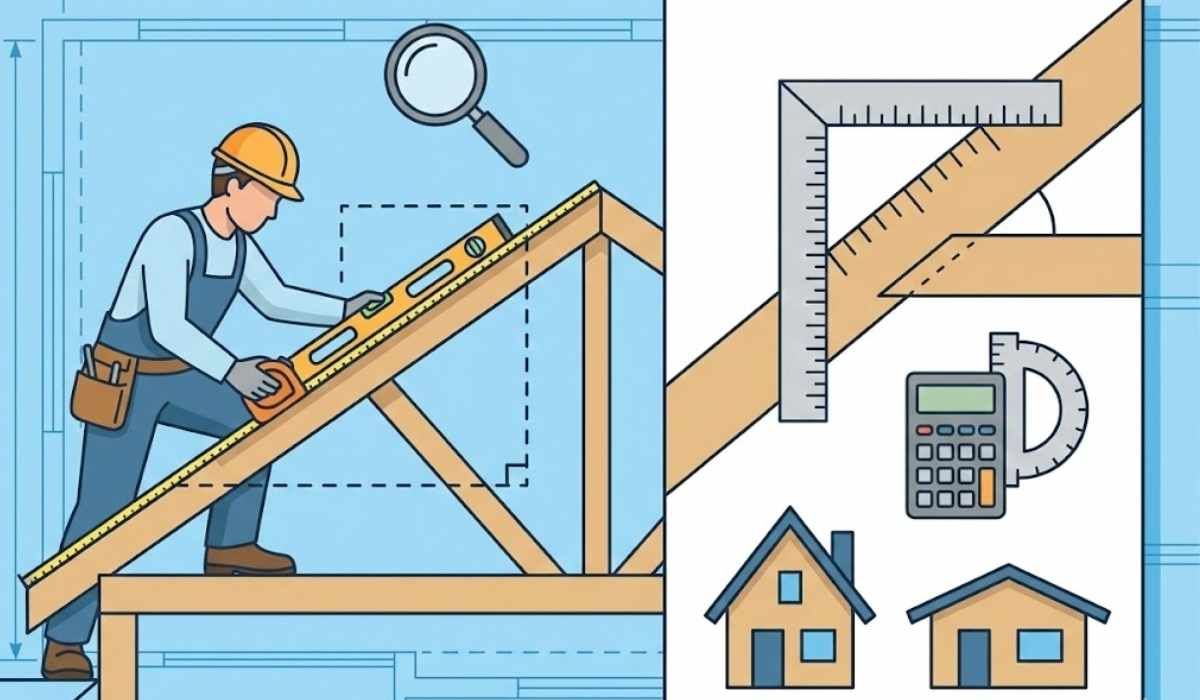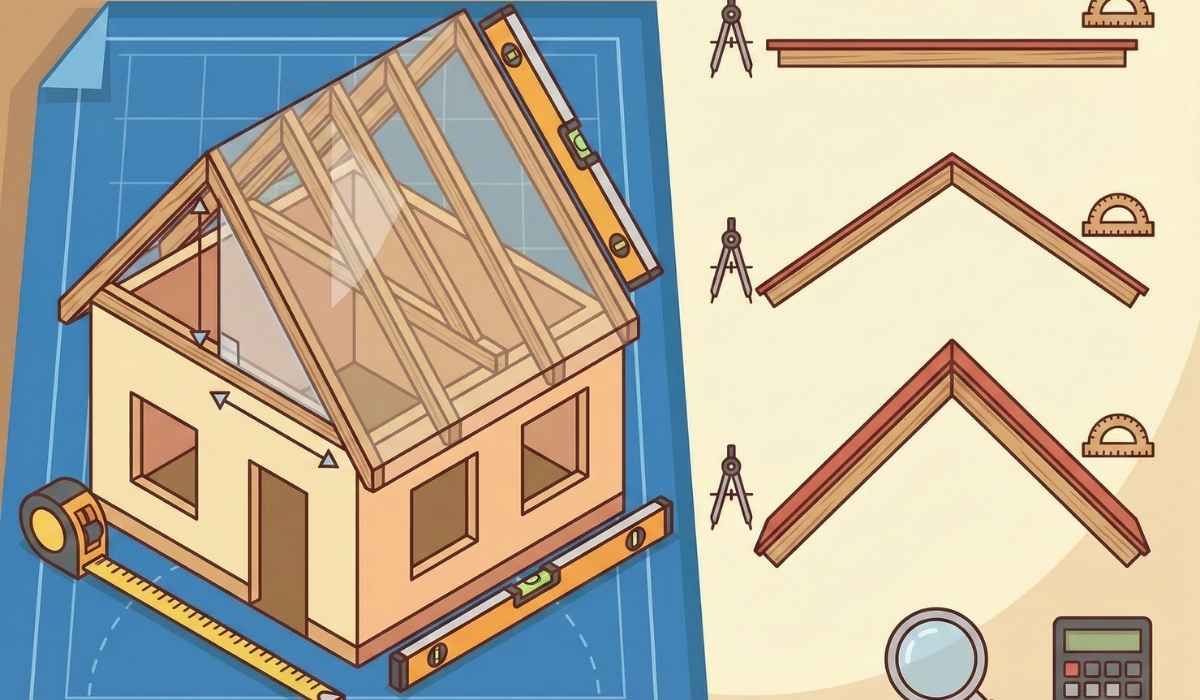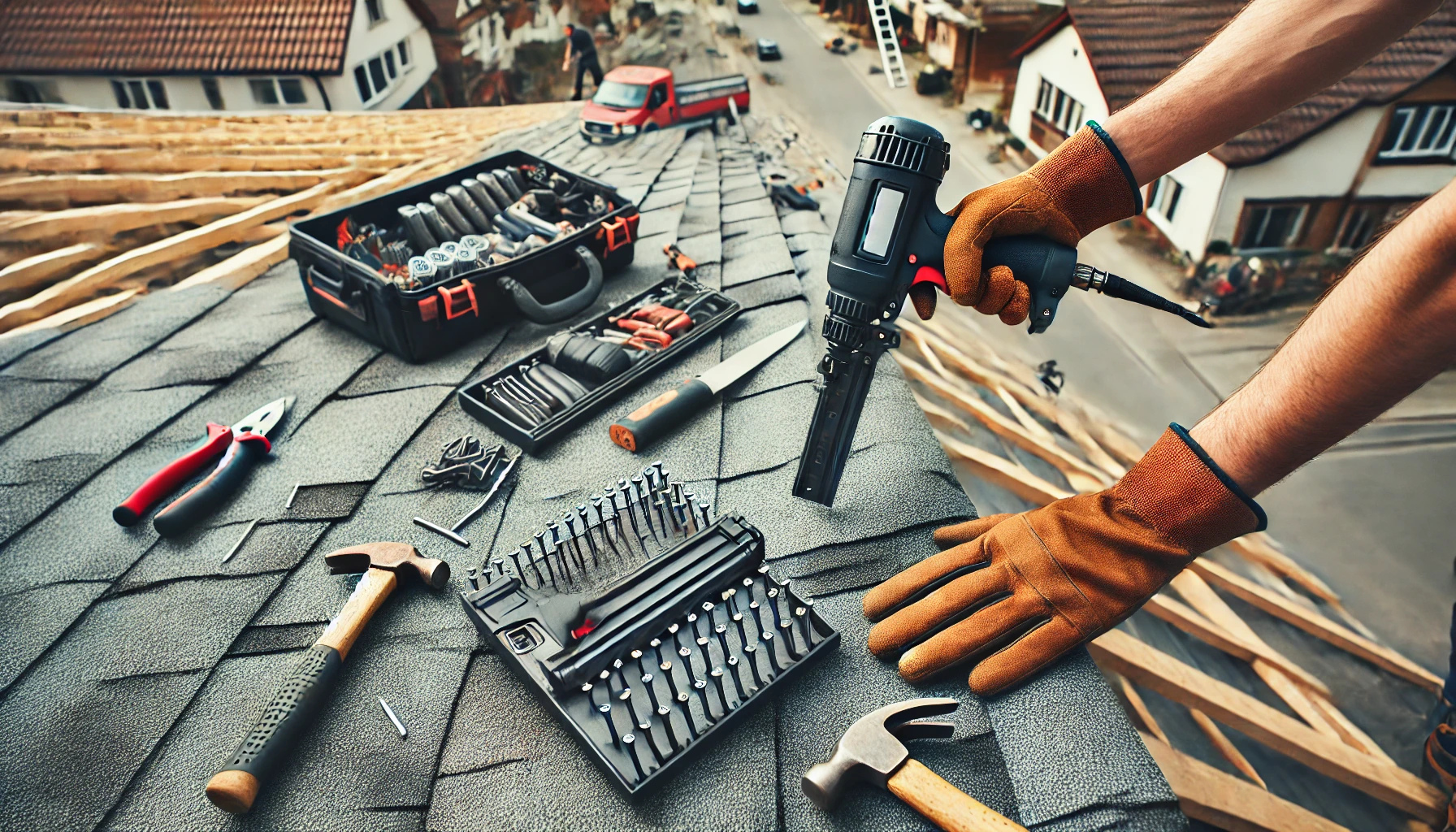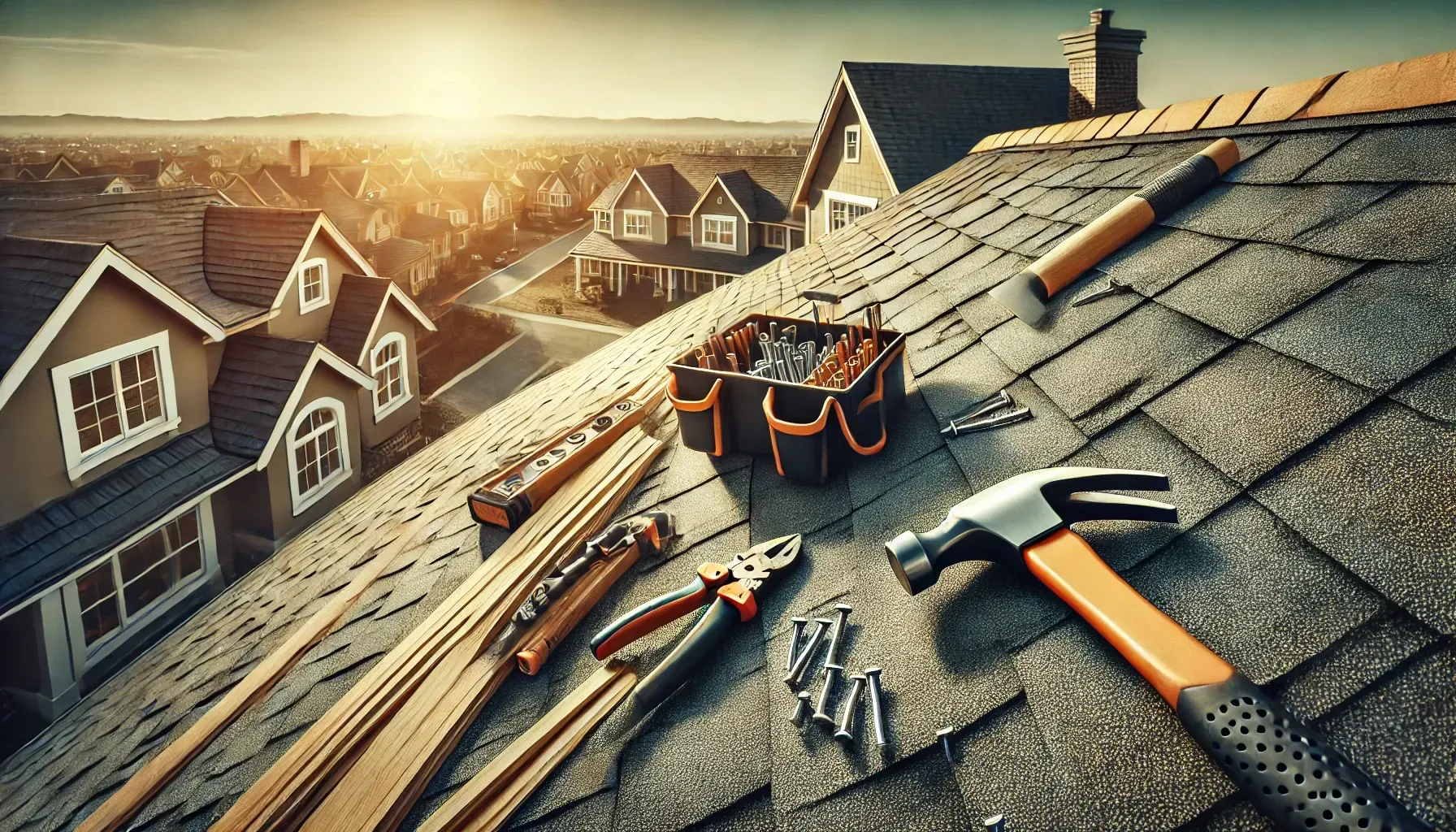Roof Replacement Advice & Insights
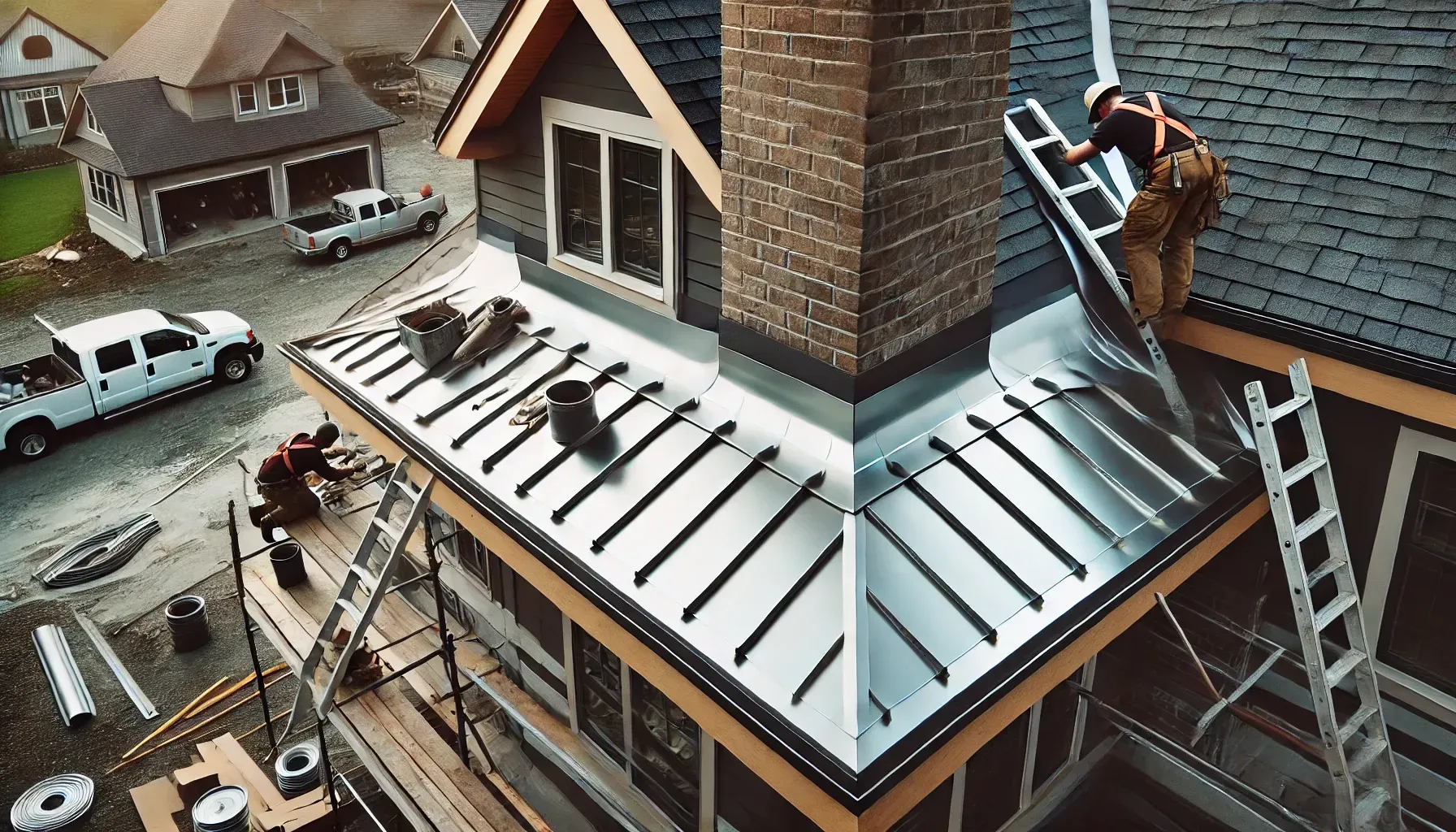
Your roof is more than just shingles - it's a complex system of components working together to protect your home. Roof flashing plays a crucial but often overlooked role in keeping your home dry and damage-free. Many homeowners only think about flashing once they experience a leak but understanding this essential component can help you better maintain your roof and prevent costly water damage.

Your roof is more than just shingles and decking—it's a complex system where every component plays a vital role. The drip edge might seem minor among these components, but it provides crucial protection for your home. Let's explore what a drip edge is, why it matters, and how it helps safeguard your property.

Corrugated metal roofing represents one of the most innovative and enduring developments in building materials over the past two centuries. Since its invention in the 1820s by Henry Palmer, this versatile roofing solution has evolved from purely industrial applications to become a popular choice for both residential and commercial properties. Today, it is a testament to the perfect marriage of form and function in modern construction.

Modern roofing has evolved significantly over the years, and among the most reliable solutions available today is cap sheet roofing. This comprehensive system has become a cornerstone of commercial and residential construction, offering exceptional protection and longevity. Whether you're a property owner exploring roofing options or a professional seeking detailed information, understanding cap sheet roofing is crucial for making informed decisions about your roofing needs.

Making decisions about your roof's maintenance can be one of the most significant challenges of homeownership. Understanding whether to repair or replace your roof becomes even more crucial for Melbourne residents, where weather patterns can swing dramatically from intense heat to stormy conditions. This comprehensive guide will help you make an informed decision that protects both your home and your investment.

Metal roofing has become increasingly popular among Australian homeowners, offering a perfect blend of durability and style for our unique climate conditions. Whether you're building a new home or considering a roof replacement, understanding the pros and cons of metal roofing can help you make an informed decision for your property.
Melbourne Roof Replacements Quote
Request a free, no-obligation quote today from the team at Above & Beyond Roof Replacements!

